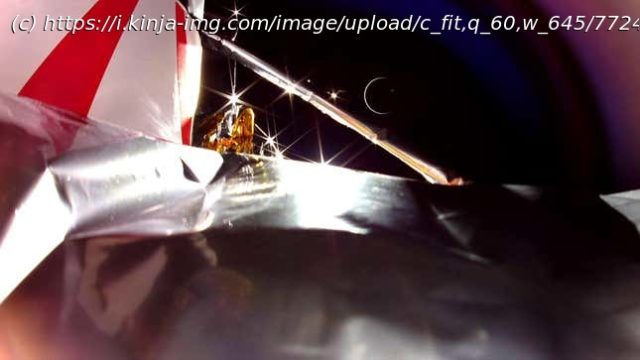To avert a « catastrophic situation, » Astrobotic made the tough choice to destroy its lunar lander, which disintegrated in Earth’s atmosphere on Thursday.
Astrobotic bid farewell to its Peregrine lunar lander on Thursday as the spacecraft plunged through Earth’s atmosphere, thereby preventing the failed mission from colliding into other spacecraft.
The Pittsburgh-based company lost contact with Peregrine at around 3:50 p.m. ET, with the spacecraft potentially performing a control reentry over the South Pacific at 4:04 p.m. ET. Astrobotic is still waiting on confirmation from government agencies that its lunar lander completely burnt up upon reentry, and that no pieces of the spacecraft crashed on Earth.
Peregrine launched on January 8 on board United Launch Alliance’s Vulcan Centaur rocket, with plans to land on the Moon in late February. However, the spacecraft experienced a propulsion anomaly early on that destroyed Astrobotic’s hopes of becoming the first private company to land on the surface of the Moon.
“I’ll always remember the moment at Mission Control at ULA, when we were coming from the highest high of a perfect launch, and came down to a lowest low when we found out that the spacecraft no longer had…the propulsion needed to attempt a Moon landing,” CEO of Astrobotic John Thornton said during a press conference held on Friday.






![Adrian Siemieniec: Trudno słowami jest opisać, co czuję [wideo]](http://nhub.news/wp-content/uploads/2024/11/thumb11e607b6c40520b9eba4cc693408bcf7-100x75.jpeg)